The 1940s weren’t exactly a booming time for car design—thanks to World War II, most production stopped midway through the decade. But the cars that bookended that era? They’ve still got serious presence. From sleek pre-war coupes to post-war cruisers, the ‘40s gave us rides that knew how to carry themselves.
These cars weren’t built to be flashy—they were built with style, comfort, and just the right amount of muscle. And even now, they manage to turn heads without raising their voice. Here are 10 rides from the ’40s that still make people stop and stare.
1948 Tucker 48
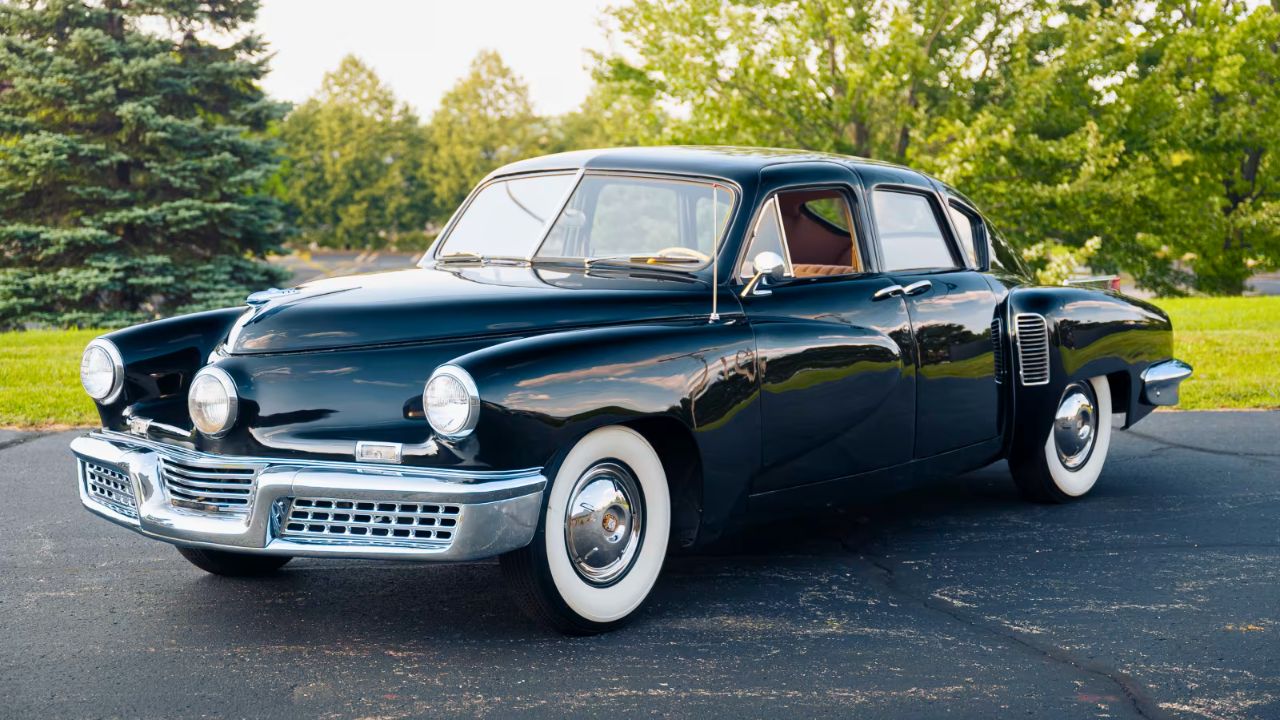
The Tucker 48 wasn’t around long, but it left a serious mark. Only 51 were built, and it packed features that were way ahead of its time—like a rear-mounted flat-six engine, a center headlight that turned with the steering, and seat belts when most cars didn’t bother.
The engine made around 166 hp, which was solid for a full-size sedan in the ‘40s. What really makes it a showstopper today is the rarity and the sleek, almost jet-inspired styling. Spotting one feels like catching a piece of what could’ve been.
1941 Cadillac Series 62 Convertible
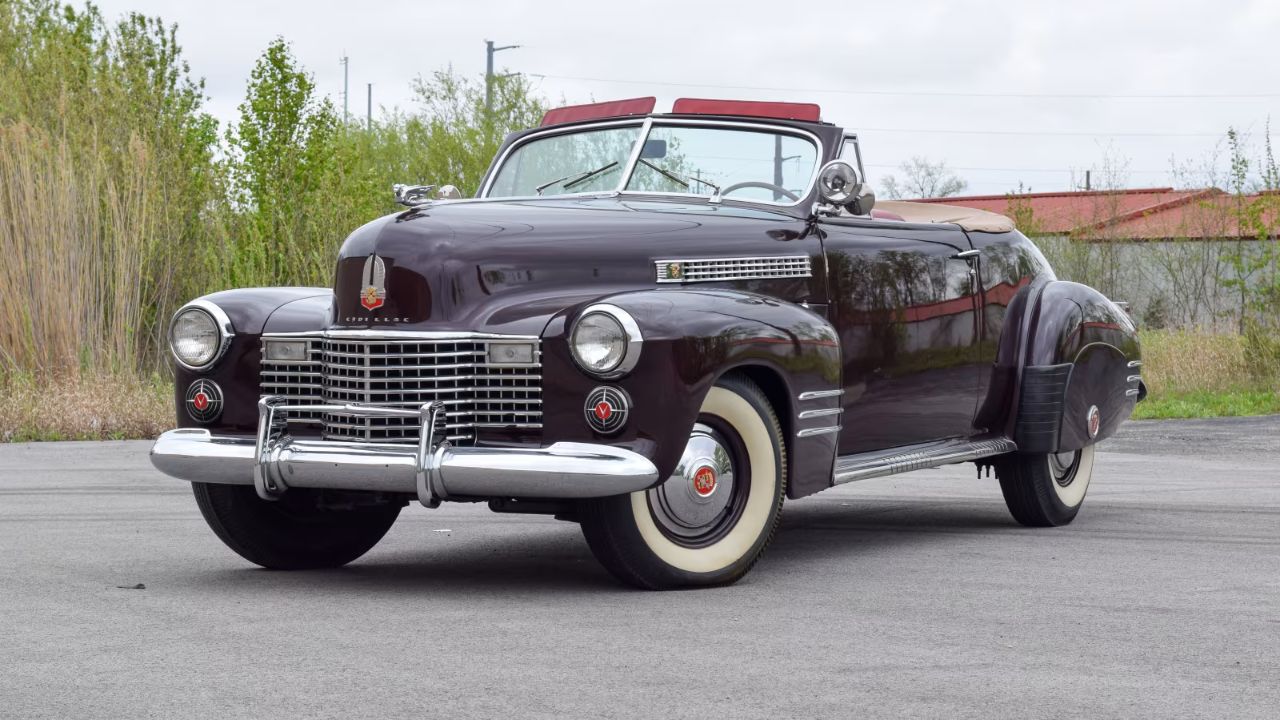
The Series 62 convertible had that long, low look that Cadillac was known for, even before the post-war boom. It came with a 346 cubic inch V8 making 150 hp, which was more than enough to glide along with confidence.
It had smooth curves, wide fenders, and just the right amount of chrome. With the top down, it still looks classy and cool. These days, a clean one parked at a cruise-in always pulls in a crowd—people know they’re looking at something special.
1949 Mercury Eight Coupe
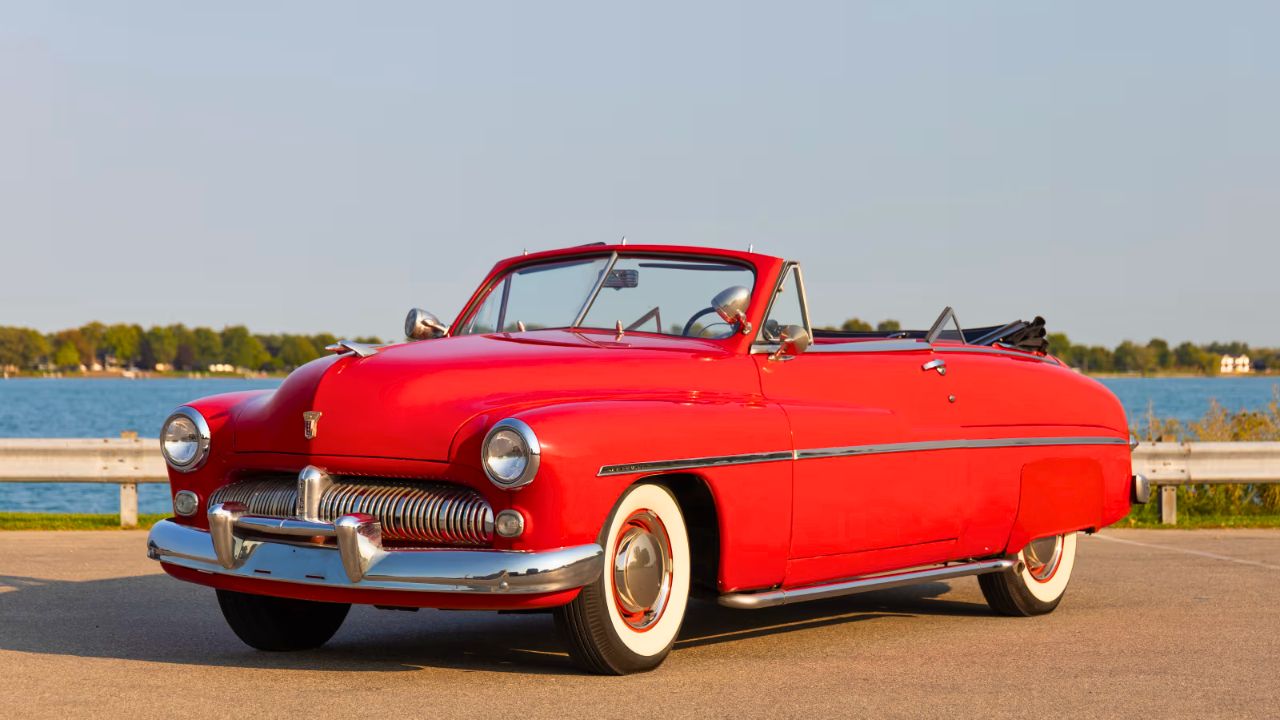
This Mercury is a staple in the custom car world. The 1949 coupe had a 255 cubic inch flathead V8 under the hood, putting out 110 hp. Nothing crazy on paper, but the style is where it really shines—especially when chopped and lowered.
Hot rodders took to this car quickly in the ’50s, but even in stock form, it’s got that gangster-era profile that still draws attention. Smooth body lines and that unmistakable grille make it one of the most recognizable rides from the era.
1940 Ford Deluxe Coupe
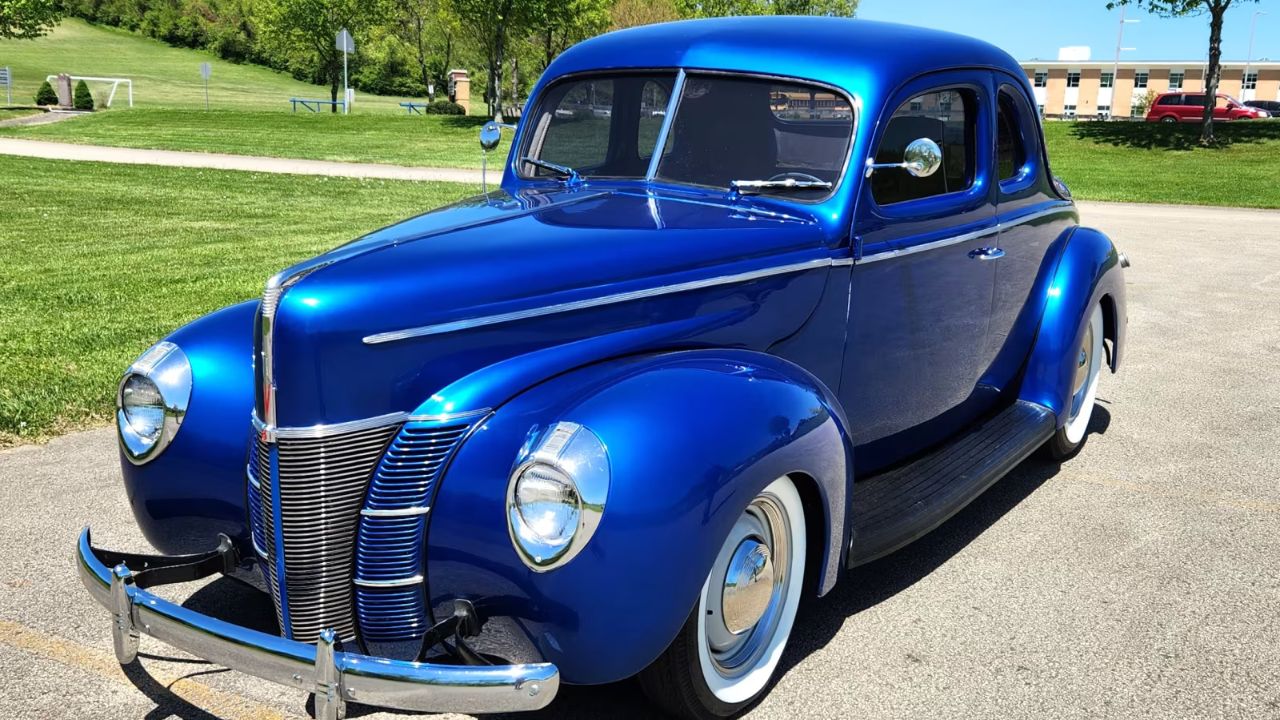
The ’40 Ford Deluxe was the last pre-war Ford to roll off the line before civilian production stopped. It came with a flathead V8 making 85 hp, but it wasn’t about raw speed—it was about sleek design and balanced proportions.
Its teardrop headlights and graceful fenders gave it a timeless shape. Hot rodders loved it, and plenty ended up on drag strips later on. But even bone stock, it’s a great-looking car that never stopped being cool.
1947 Buick Roadmaster Convertible
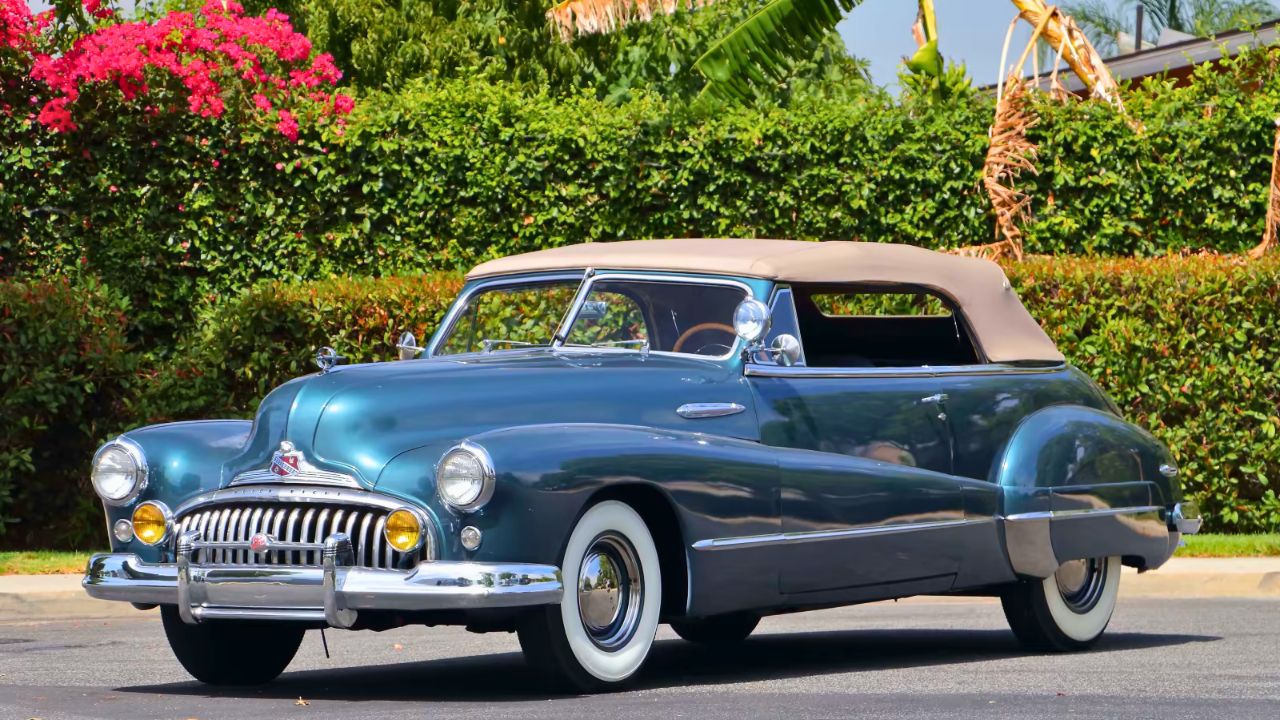
The Roadmaster was a big, smooth cruiser that made you feel like you were riding on a cloud. It had a 320 cubic inch straight-eight engine making around 144 hp. Not quick by modern standards, but it didn’t need to be—it was all about the ride.
The long body, broad grille, and wraparound bumpers gave it presence. Convertibles especially had that open-road swagger. These Buicks still show up at vintage car shows looking fresh, and they’re hard to miss with their sheer size and style.
1946 Lincoln Continental Coupe
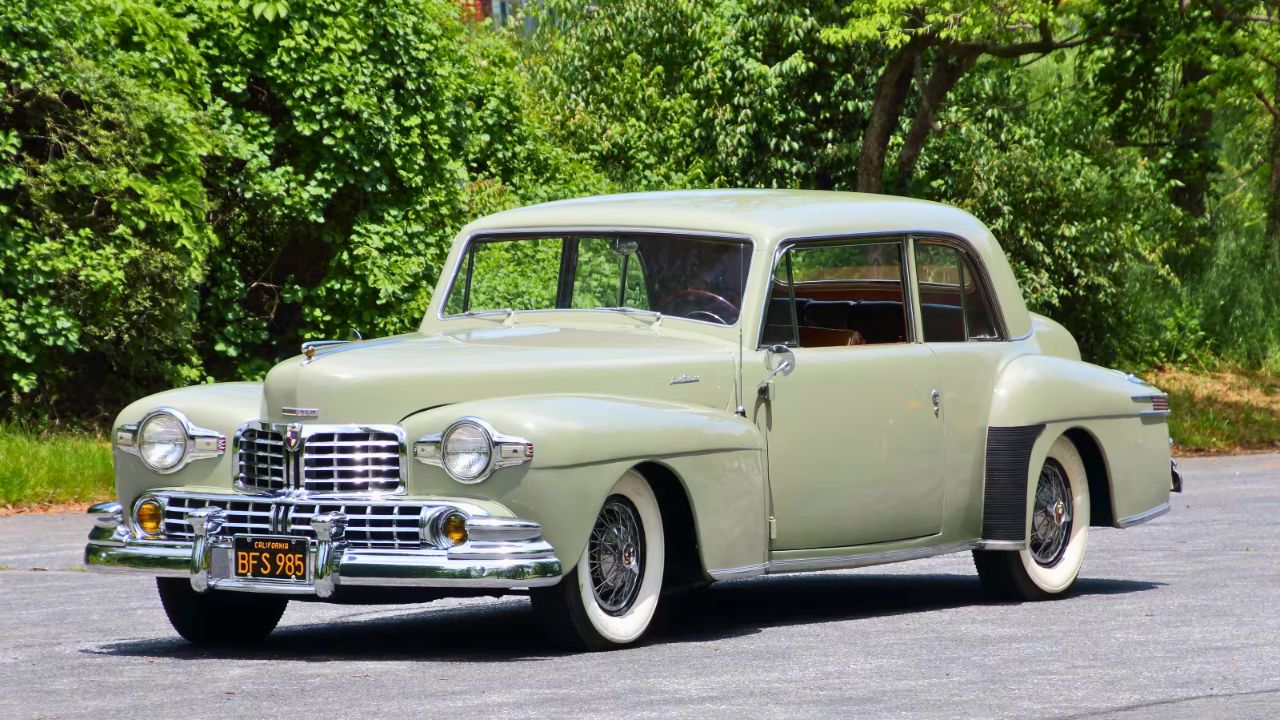
The Lincoln Continental came back strong after the war, keeping that pre-war luxury feel alive. Under the hood was a 292 flathead V12, good for around 125 hp. It was smooth, quiet, and aimed at the upper crust of the market.
The design was clean and classy, with a long hood, covered spare in the trunk, and wide whitewalls. It looked upscale then and still holds its own today. There’s just something about a classic Lincoln that makes people stop and stare.
1940 Packard One-Twenty Convertible
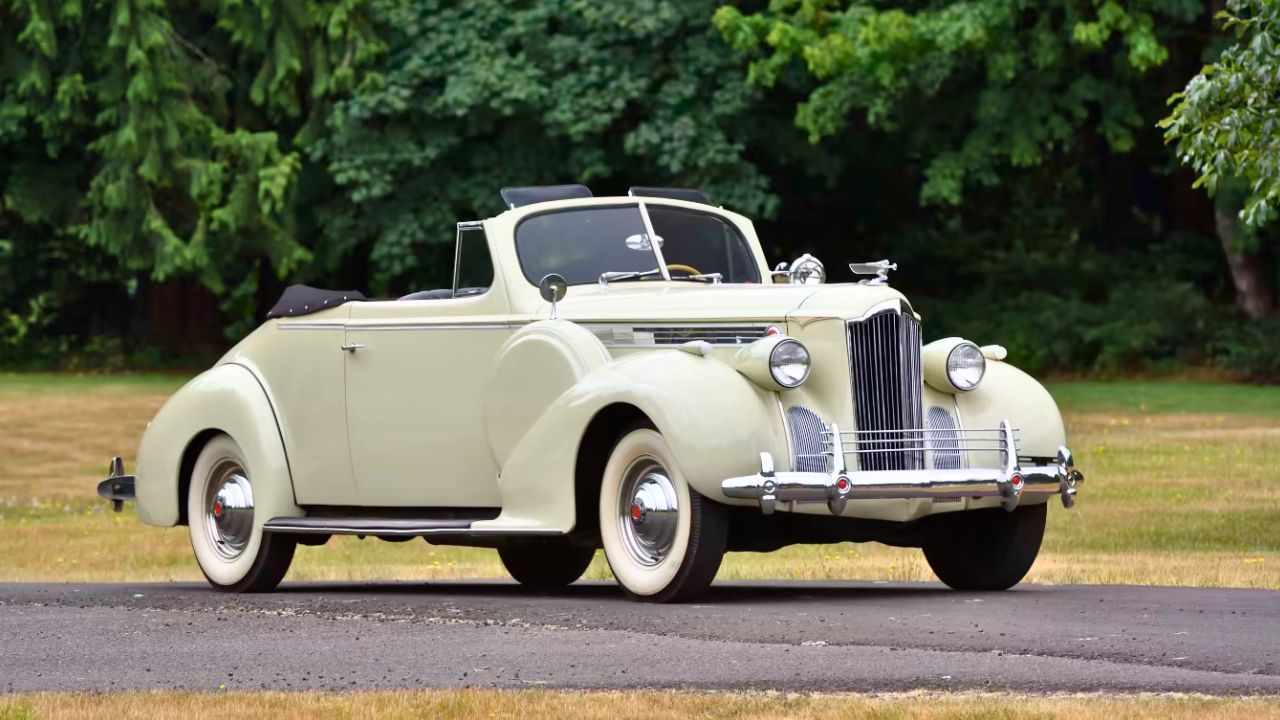
Packard knew how to build a serious-looking car, and the 1940 One-Twenty Convertible had the stance and curves to prove it. It ran a 282 cubic inch inline-eight making 120 hp, paired with a column-shifted manual transmission.
It wasn’t built for racing—it was built to be seen in. That long hood, upright grille, and smooth fender arches give it a formal, almost stately look. Even now, a shiny One-Twenty with the top down gets plenty of attention wherever it rolls.
1941 Chevrolet Special Deluxe
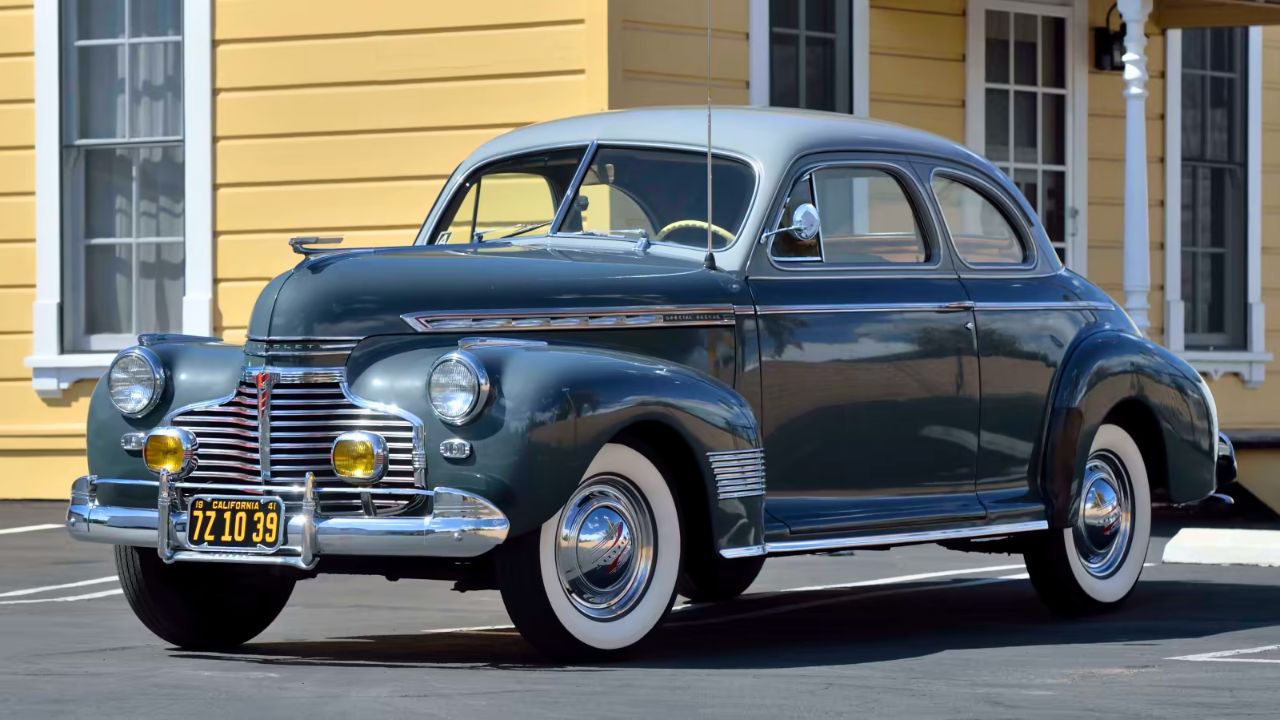
The 1941 Special Deluxe marked a turning point for Chevy in terms of design. It featured a 216 cubic inch inline-six pushing out about 90 hp, which made it a solid everyday car for the time. But the body was what people noticed first.
It had wider fenders, a more rounded shape, and an interior that actually felt finished. The fastback models, in particular, still stand out with that sloped roof and smooth rear quarters. Clean ones are getting rarer, but they always draw a second look.
1940 Hudson Commodore
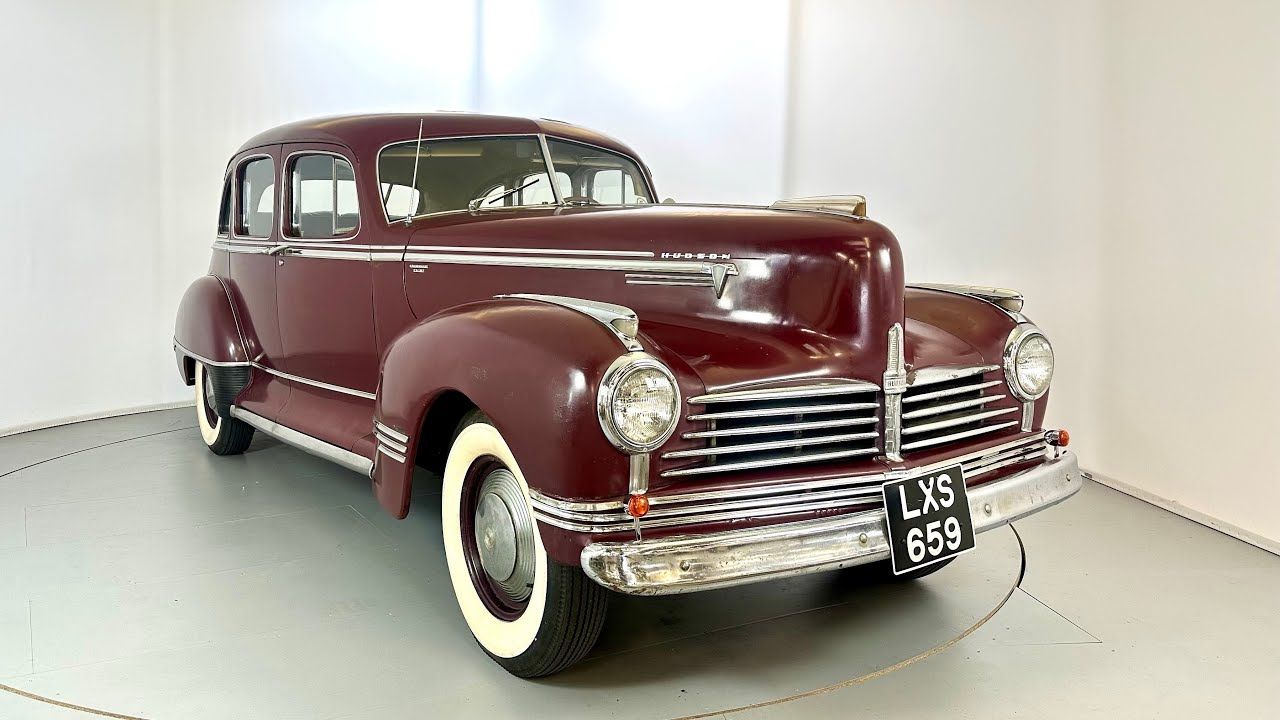
Hudson wasn’t the biggest name, but the Commodore was a real contender. It had sleek lines, wide stance, and a 254 cubic inch straight-eight making 128 hp. For its day, it was one of the better-handling full-size cars out there.
The step-down floor design gave it a lower center of gravity and a different look from most cars in its class. Hudson went for comfort with this one, but the design still has plenty of style. It’s not something you see every day, which makes it even better when you do.
1949 Oldsmobile 98
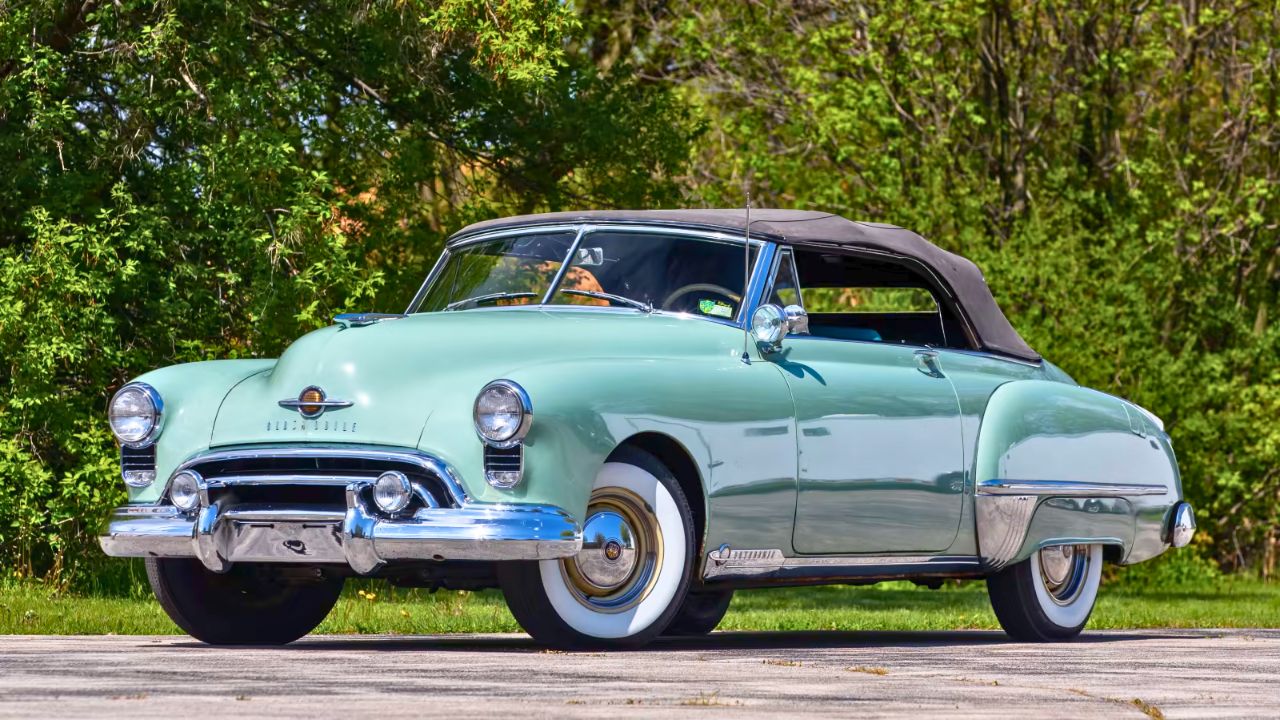
The Olds 98 got a full redesign in ’49 and was among the first to feature GM’s new post-war styling. It came with a 303 Rocket V8 making 135 hp, which helped it stand out in a market full of inline-sixes.
It had a low, wide stance and just enough chrome to let you know it meant business. The Rocket badge on the hood wasn’t just for looks—it meant this thing had some real muscle for its time. That mix of size and power still holds up at any classic car meet.
*This article was hand crafted with AI-powered tools and has been car-fully, I mean carefully, reviewed by our editors.

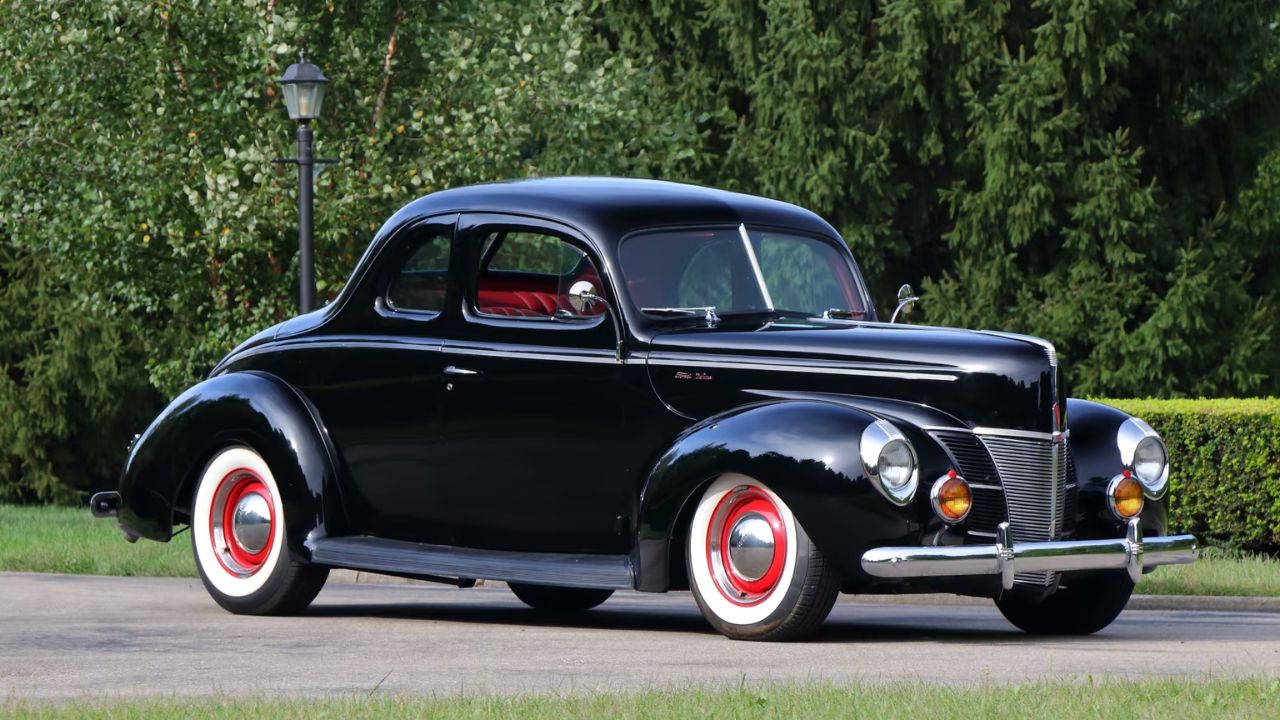
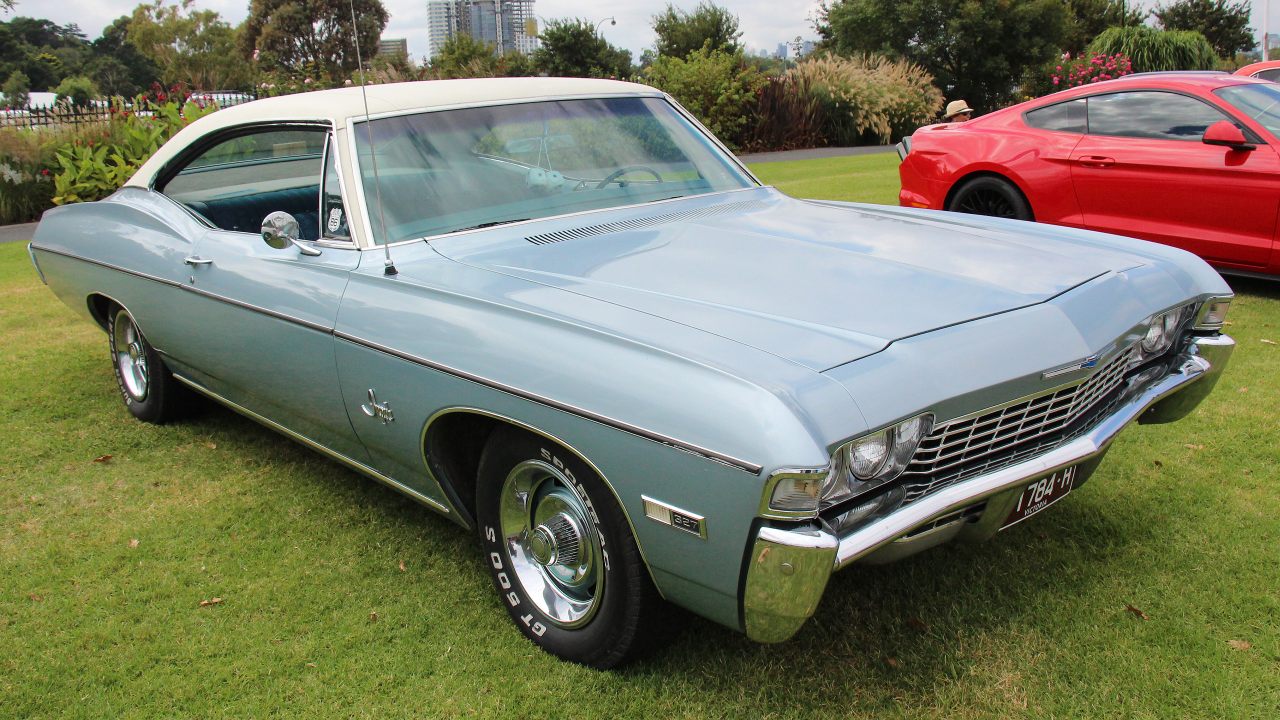
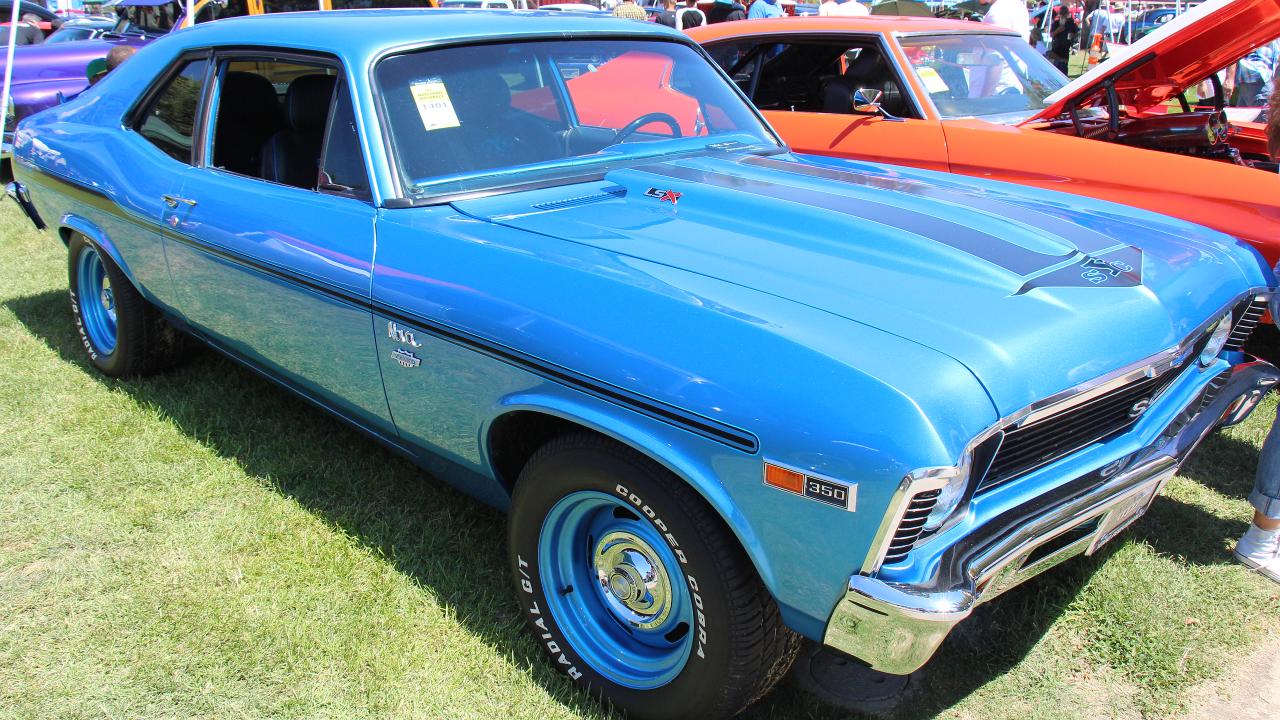
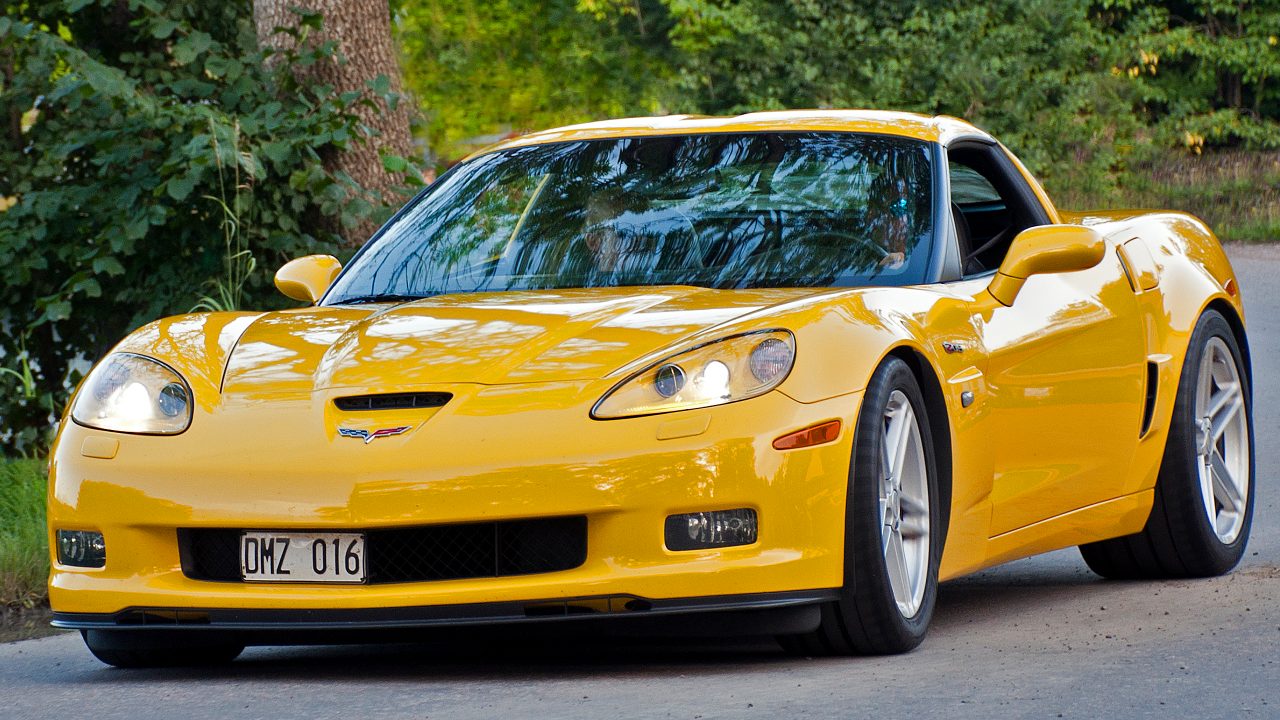
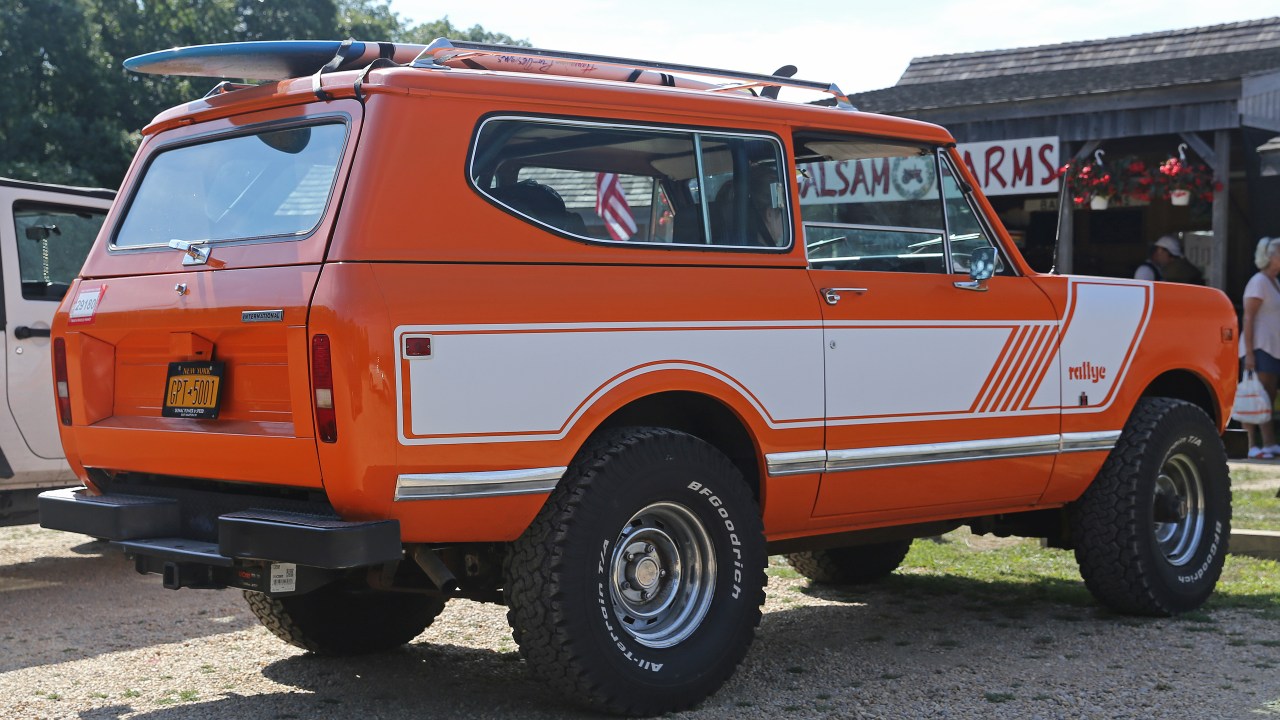
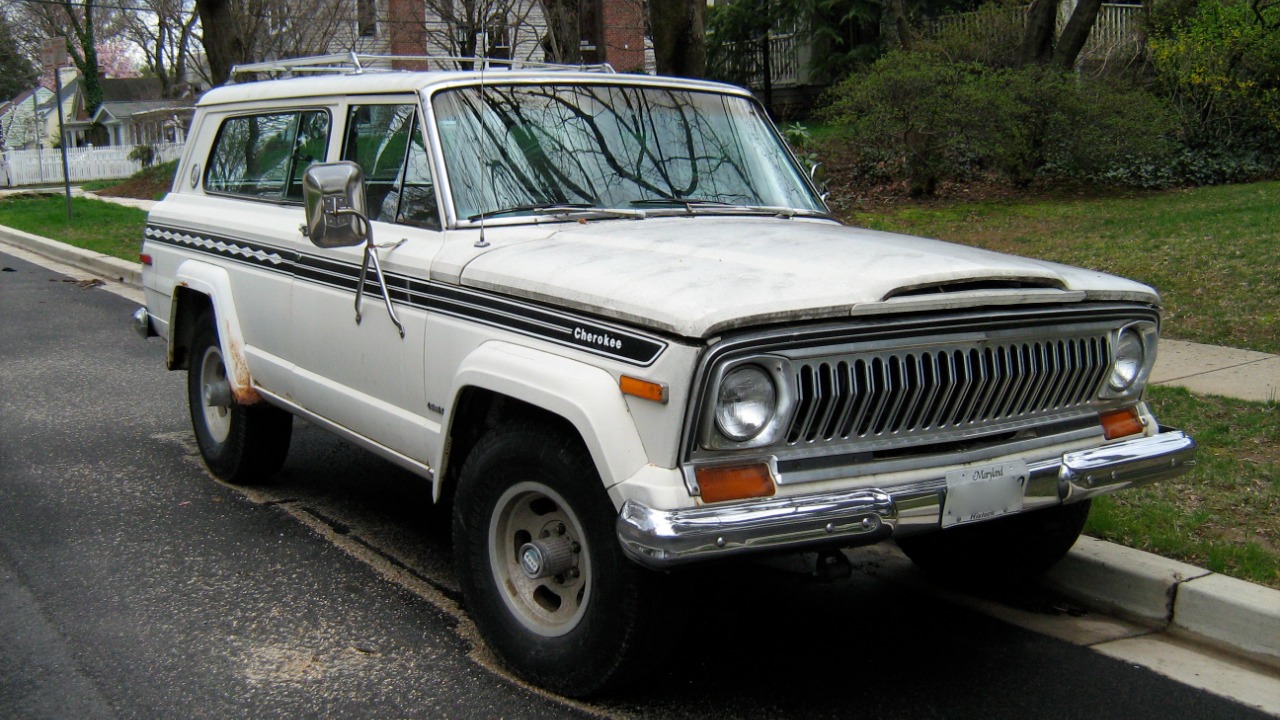
Leave a Reply